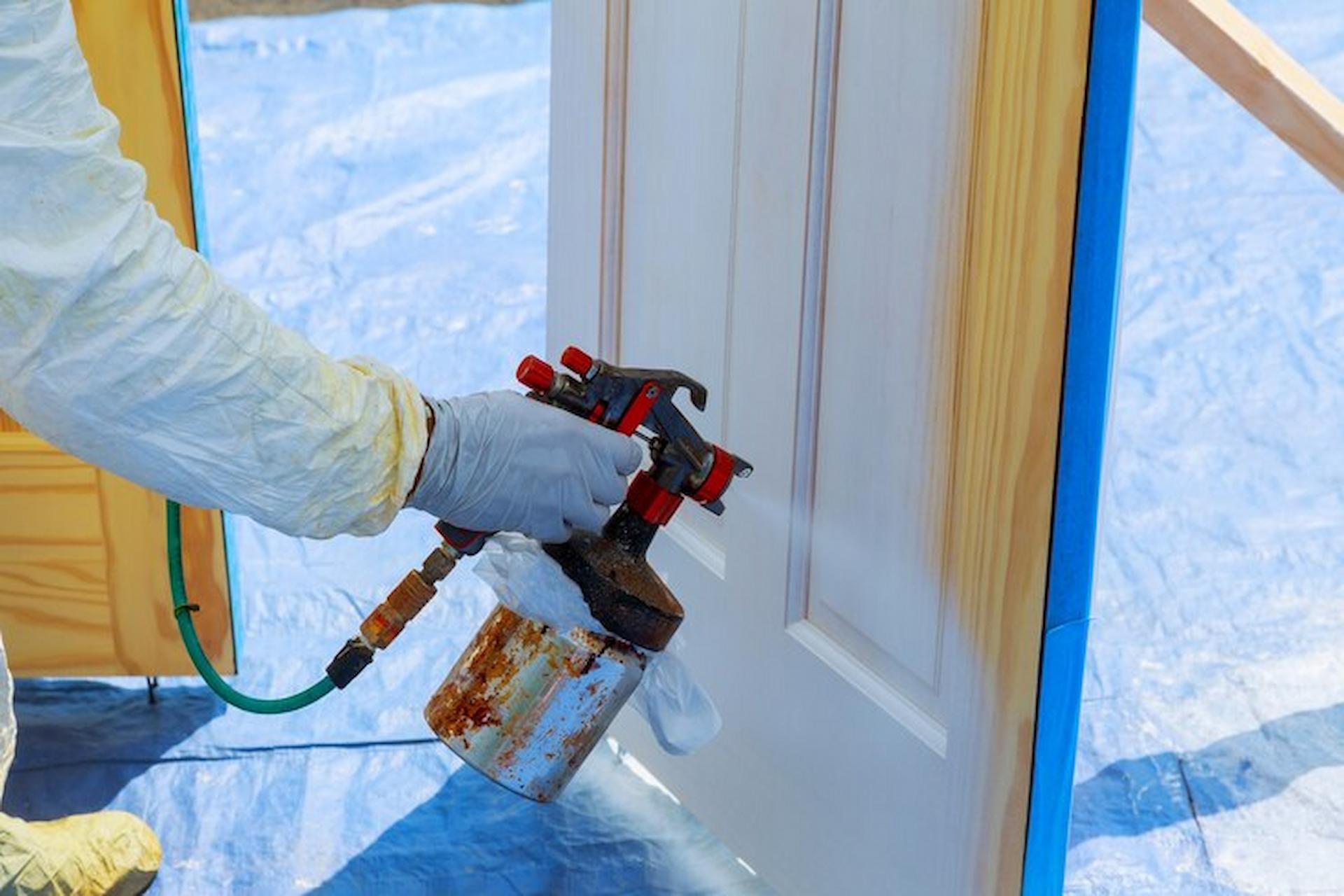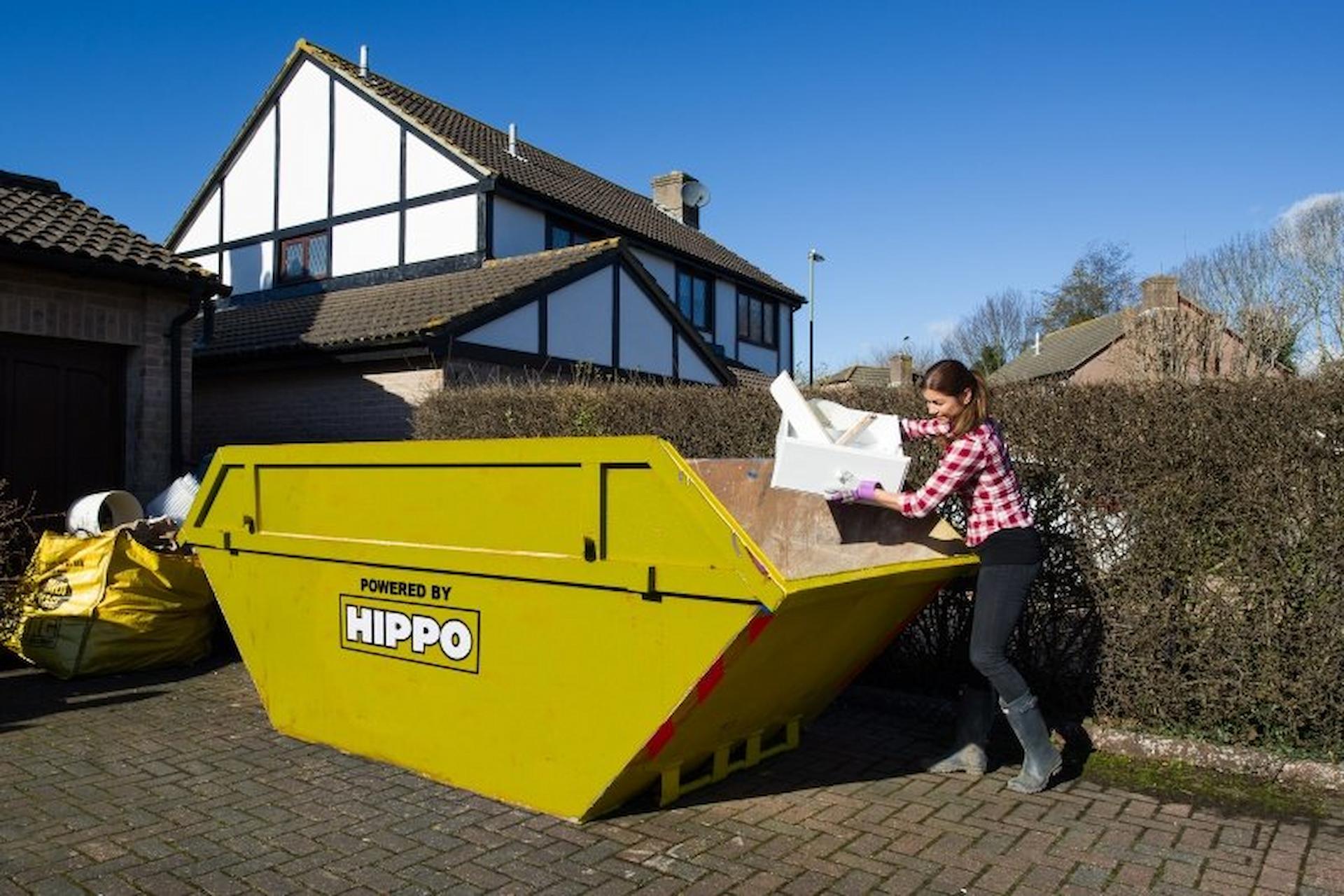People are famous for using spray foam insulation because of its high energy efficiency and ease of installation. However, over time, the spray foam degrades or may become damaged, thus posing an indoor air quality problem. In most cases, removing old, deteriorated spray foam insulation remarkably improves breathing. This article explores the origin of these issues and how spray foam removal will enhance indoor air quality.
Understanding Spray Foam Insulation
Spray foam insulation is made of polyurethane, which expands and then hardens upon application, closing all air spaces. It forms an airtight seal that reduces energy costs by keeping your home warmer in winter and cooler in summertime. While this may sound like a miracle solution, one may experience complications if installed or cared for incorrectly, necessitating professional spray foam removal High Wycombe.
Problems Associated with Spray Foam Insulation
- Off-gassing: Off-gassing remains a significant problem related to the incorporation of spray foam insulation. When applied, the foam releases high volumes of VOCs, among other chemicals, into the atmosphere. While most of the off-gassing occurs during the curing process, it may last for months or even years, thus creating acute respiratory problems, headaches, and other human health issues.
- Moisture and Mould: Spray foam creates a hospitable environment for mould by trapping moisture within the walls. Mould structurally damages your house and releases spores that exacerbate allergies and other breathing issues.
- Deterioration and Shattering: Finally, over time, it can degrade or be wrecked in any number of ways, such as being affixed if it gets wet. Deteriorating particles from the foam might get heaved into the air and decrease indoor air quality while contributing to respiratory issues.
Benefits of Spray Foam Removal
Removing old or damaged spray foam insulation has several benefits that ensure better indoor air quality:
- Eliminate VOCs: Removing deteriorated spray foam removes the source of VOCs that cause poor indoor air quality. This is particularly true if the foam hasn’t been appropriately cured or has started to break down.
- Reducing Mold Risk: Removing moisture entrapment in spray foam reduces related risks of mould growth. Keeping your house structure intact also prevents mould spores from heightening into the air.
- Improved Ventilation: Original paths for natural ventilation can be closed off by spray foam. Removing it would restore the correct pathway of air for its circulation. It allows the general air quality to get purged of contaminants and get cleaned up a bit.
How Spray Foam Removal is Done
Assessment and Planning
Before removing insulation made from spray foam, it is essential to review the condition of the foam in order to plan a removal phase. A professional can examine the extent of degradation/damage and areas where mould or moisture may be present.
Safe Removal Techniques
Proper foam removal will always require professionals to carry out the job to ensure that all is a safe deal and an effective procedure. This is because the process requires:
- Protective Equipment: Technicians should be appropriately equipped with respirators, gloves, and protective suits to guard against chemicals and dust.
- Containment: The area is sealed to prevent dust and particles from spreading into the air; negative air machines will be run or installed to provide proper ventilation and filtering of the air during the removal process.
- Mechanical Removal: The methodology involves using specialised tools and equipment to mechanically remove the spray foam from the walls, ceilings, and other surfaces. This can be done by cutting, scraping, or grinding away the foam.
- Cleaning and Disposal: Cleaning removes any dust left behind once the foam is extracted. The removed foam is then disposed of under the bylaws issued by the local authorities.
Steps Involved After Removal to Improve Air Quality
Re-Insulation
Re-insulation with another kind of insulation is necessary for areas where spray foam has been removed to retain energy efficiency. Plenty of insulation alternatives are available that will not come with the potential air quality risks associated with spray foam. Among these are the safest and most efficient materials: fibreglass, cellulose, or mineral wool.
Air Quality Testing
Once removal and insulation are complete, air quality testing should be conducted to ensure that VOCs, mould spores, or other pollutants are effectively eliminated. A professional can do this, write a detailed report on the interior air quality, and recommend any additional steps if needed.
Regular Maintenance
It is necessary to perform regular maintenance to ensure that your home’s insulation and ventilation systems continue to keep your indoor air of high quality. This includes:
- Regular Inspections: Inspect periodically for insulation degradation, moisture buildup, and mould growth.
- Proper Ventilation: Good ventilation at home will allow exchange of fresh air and the removal of indoor pollutants.
- Humidity Control: Dehumidifiers controlled with good ventilation prevent the growth of moulds, particularly in moist areas like basements and bathrooms.
Although spray foam insulation has many benefits, degradation or damage negatively affects indoor air quality. Eliminating old, deteriorated, or brewed-up spray foam insulation may greatly revive your air by eliminating volatile organic compounds, enhancing the risk of mould formation, and enhancing ventilation. Knowing the removal process and how to keep your home’s insulation and air quality so that you and the people you love can breathe healthily becomes easier.




